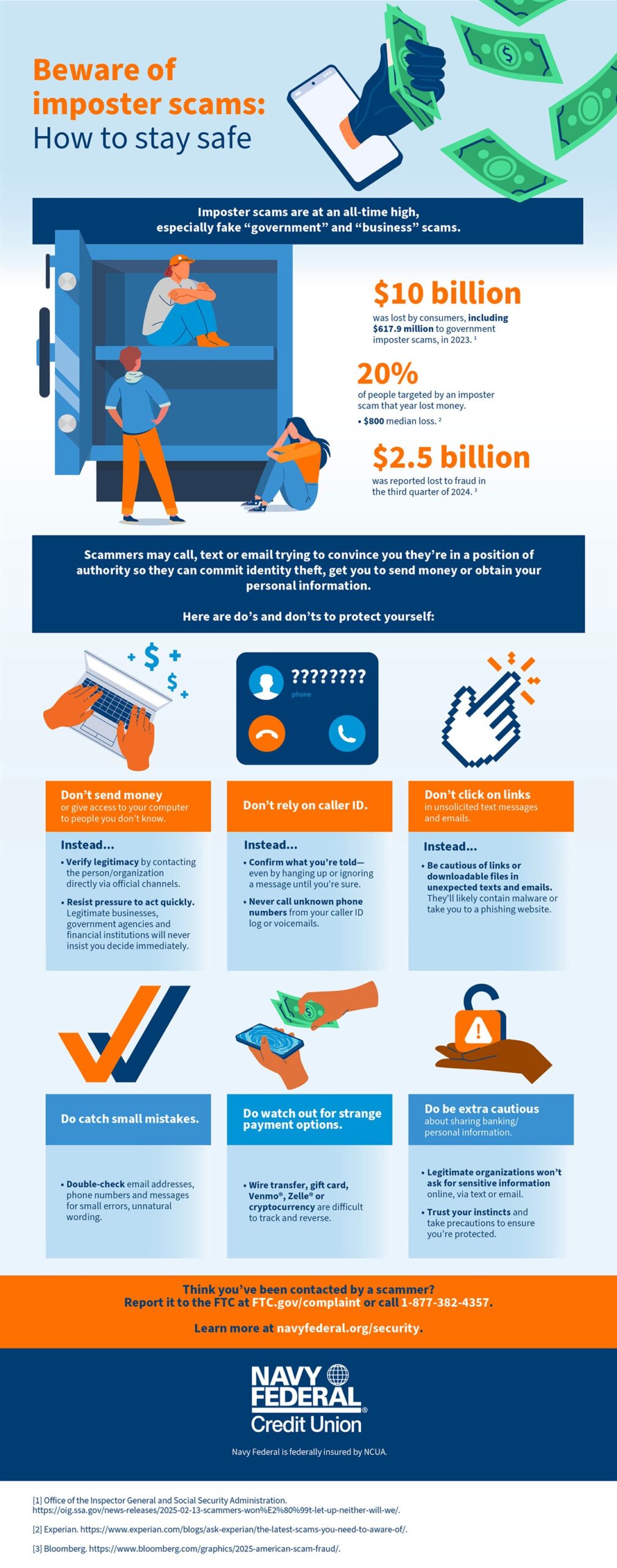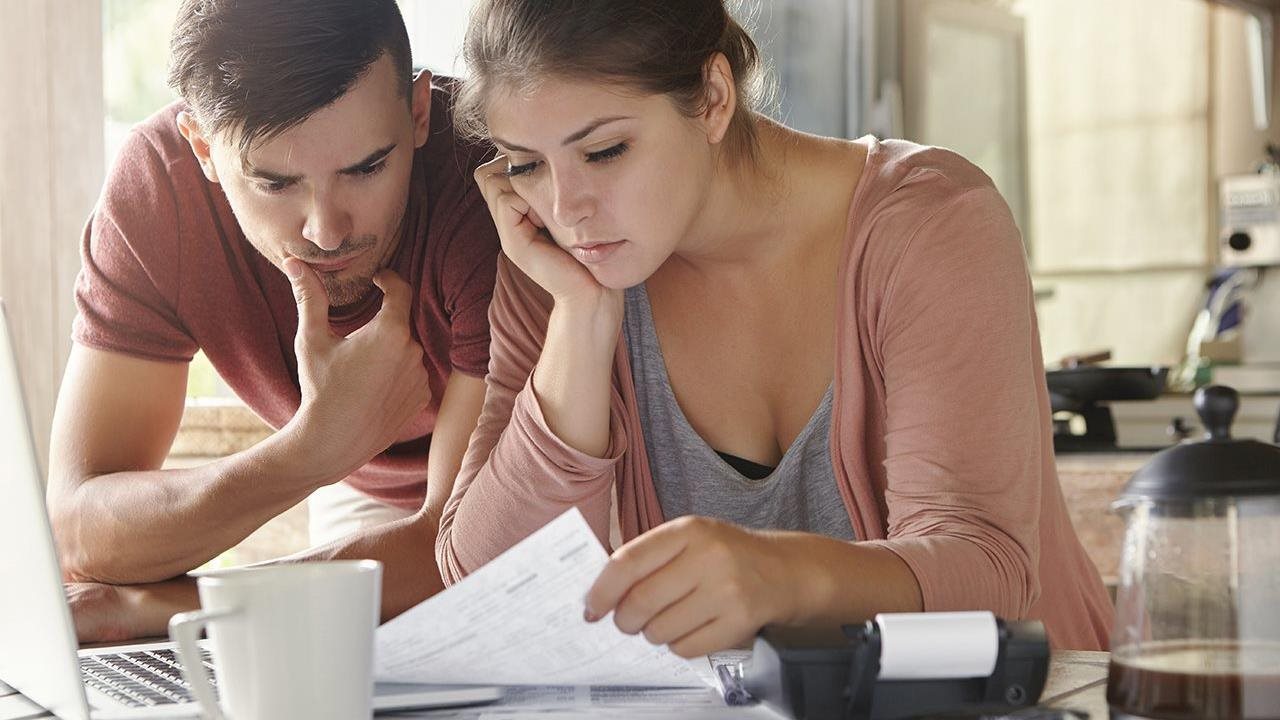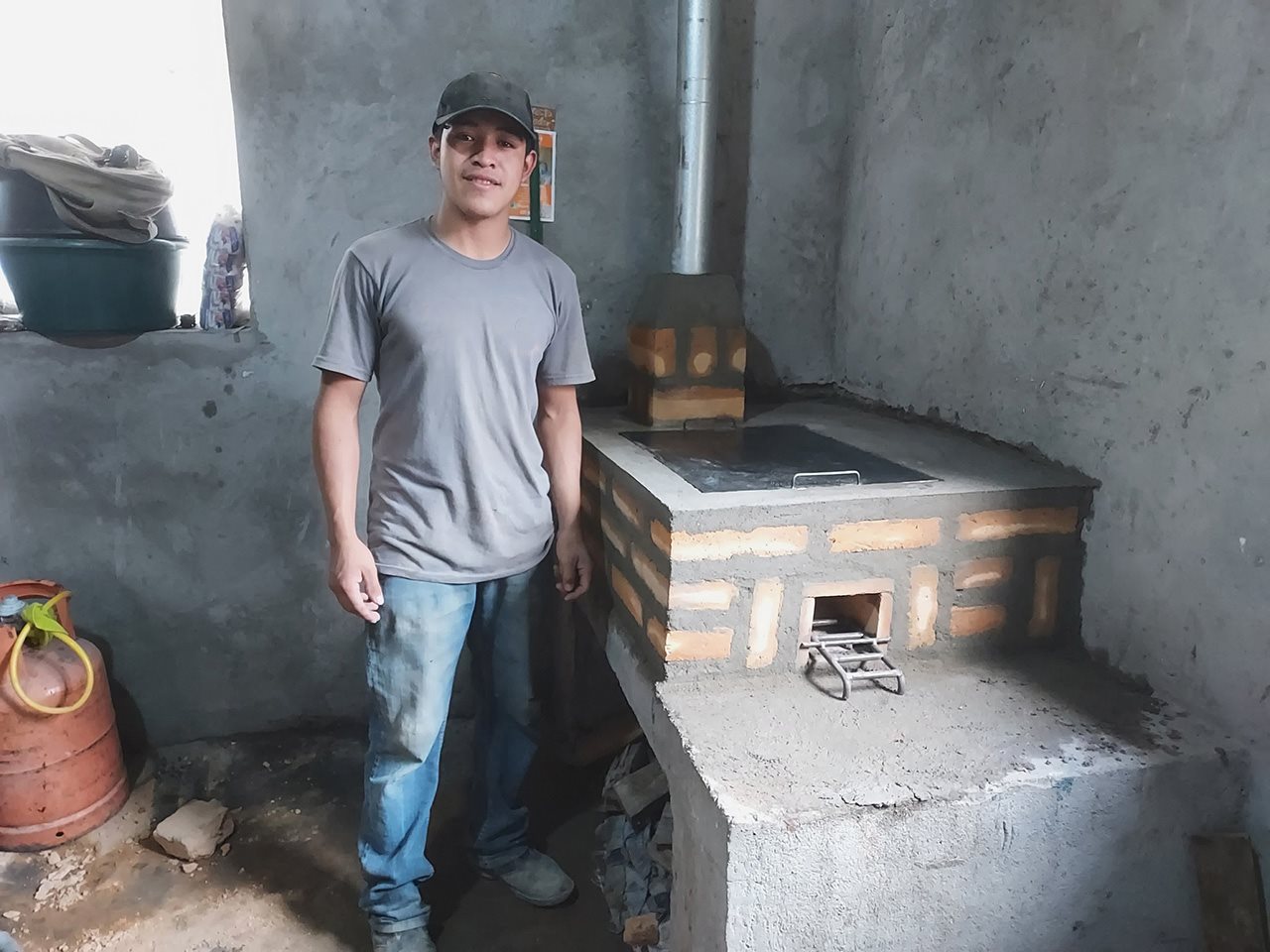2025-03-31T07:01:00
(BPT) – The total national debt has surpassed $36 trillion, according to the U.S. Department of the Treasury. That number is so big, it’s hard to get your mind around it. How much is 36 trillion? One way to think of it: It’s the value of the economies of Germany, the United Kingdom, India, China and Japan, combined. Another way: If you stacked $36 trillion in hundred-dollar bills, that stack would be more than 24,000 miles high.
But what does this debt load mean for average Americans? How might it affect people’s lives? Here are five ways the debt can impact your life directly from the Bipartisan Policy Center.
What is national debt?
The national debt is the result of the federal government spending more than it takes in — and borrowing money to cover the gap. Historically, the country’s debt has grown during events when expanded government capacity is required, including wartime response, pandemics like COVID-19, or economic downturns like the Great Recession. But it has also grown because lawmakers have not restored fiscal balance when the economy is strong. And similar to our own individual credit card balances, as the national debt grows, so does the cost of that borrowing through higher interest payments. Today, the interest alone on the debt costs taxpayers $3 billion per day.
What does it matter to the average person? Here are five ways national debt can impact your daily life.
1. Housing
Rising national debt may impact your ability to afford a home mortgage. How? As the cost of borrowing rises for the federal government, mortgage rates may remain elevated as well. Also impacted: the costs of homebuilding, including supplies and materials. So, the growing national debt means it might cost people more to get a mortgage for an existing home or the financing to build a new one.
2. Health care
The U.S. spends more on health care than anything else, according to the Centers for Medicare and Medicaid Services (CMS). Between 2023 and 2032, the CMS projects costs to rise from $4.8 trillion to $7.7 trillion, due to an aging population, rising prices for drugs and other health services, advances in costly medical treatments, and more. Right now, the CMS reports health care spending is 17.6% of the country’s economic output, or gross domestic product (GDP) in 2023. It is projected to reach 20% by 2032, outpacing the growth in the economy.
A growing national debt may require tough choices. It may undermine government investment in public health services and infrastructure, research and development for treatments, infectious disease response and private health insurance options for workers.
3. Child care
The growing national debt may exacerbate inflation, which could affect government funding of child care providers, the value of tax incentives that support caregivers and childcare providers and other government-funded supports to help people pay for childcare.
Working parents know that access to affordable childcare directly affects their ability to work, so when affordable childcare is weakened, so is a parent’s ability to make a living.
4. National security
In 2024, the Council on Foreign Relations reported the federal government spent more on interest payments to service the national debt than it did to support the entirety of the U.S. national defense system.
The national debt has been singled out by lawmakers as the “greatest threat” to national security. As the largest category of discretionary spending, national defense is especially exposed to budget pressures, creating tensions between its ability to meet challenges in a fast-changing security landscape and the need to cut costs.
5. U.S. economic leadership
The U.S. dollar’s power and standing in global finance and trade is underpinned by high faith in U.S. creditworthiness. As the national debt grows, that confidence can be shaken. It could have an impact on the U.S. credit rating and the dollar’s strength, undermining global economic competitiveness. What does that mean for you? Things like imported goods could get more expensive, and the dollar may not go as far when you’re traveling.
To read more about how the national debt impacts you, visit https://bipartisanpolicy.org/fiscal/.
The Bipartisan Policy Center and its advocacy affiliate, Bipartisan Policy Center Action (BPC Action), are unique in their approach to addressing the nation’s most pressing issues. As the only organization working across the full political spectrum on domestic issues, BPC brings together diverse perspectives to craft data-driven, pragmatic policy solutions. BPC Action then works directly with legislators and other policymakers to turn those solutions into real change.

























